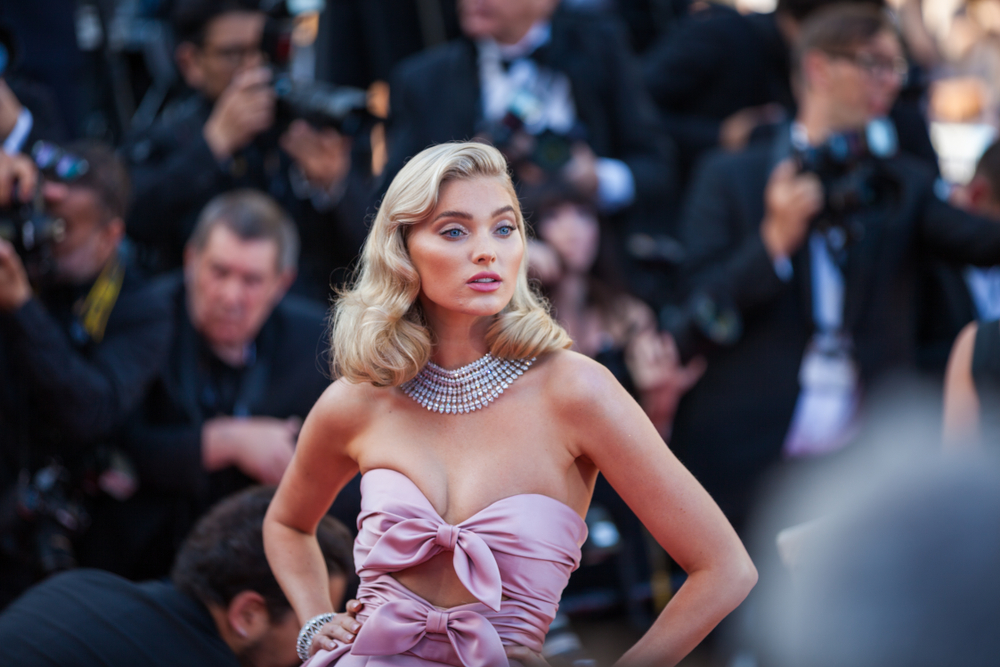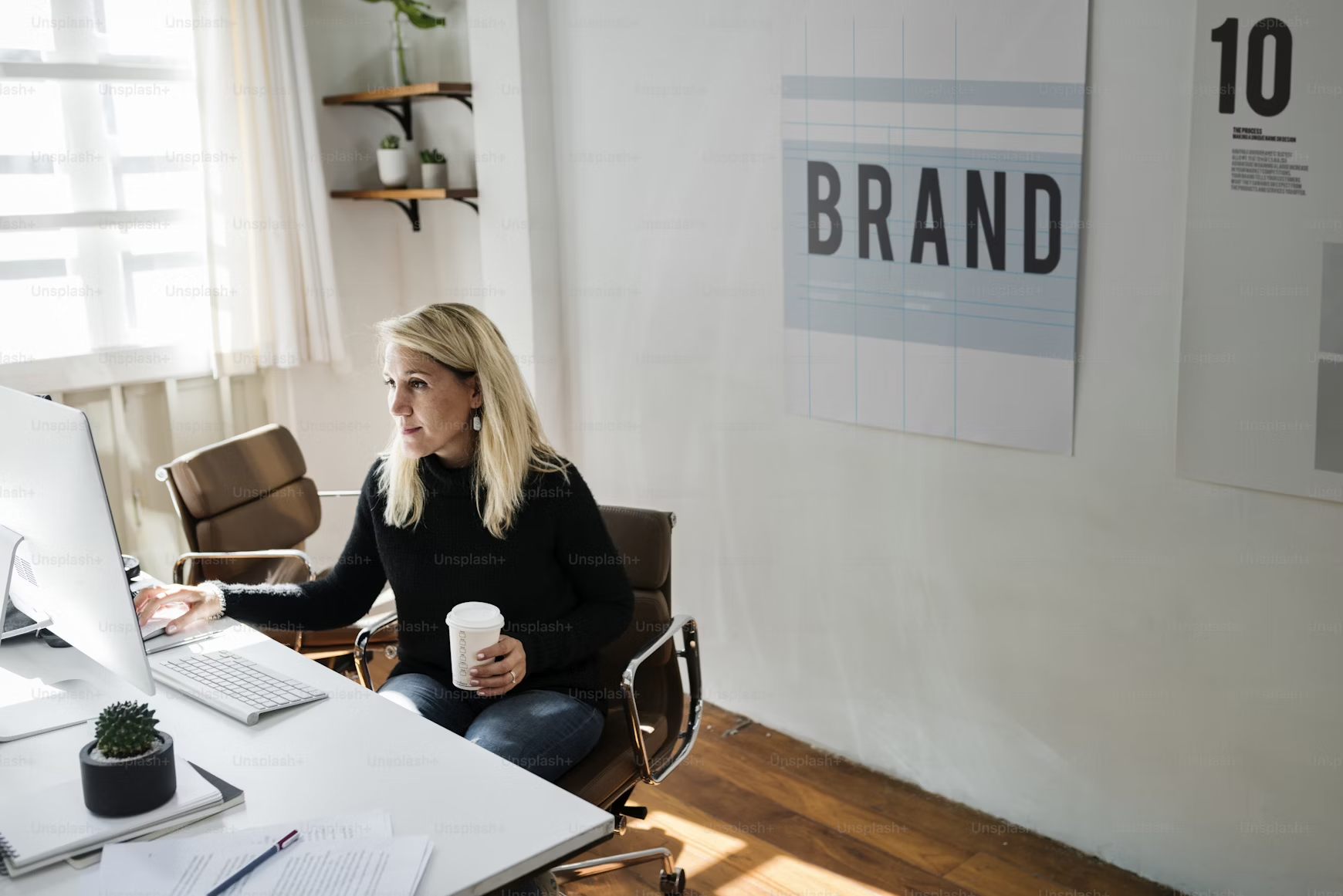
Cannes isn’t just a red carpet but a global PR opportunity
The Cannes Film Festival is no longer simply a red carpet for cinema’s elite. It has become a battleground for cultural relevance — a live experiment in visibility, image architecture, and narrative control. For brands, it offers more than exposure. It offers entry into a rarified ecosystem where how you show up matters as much as who you dress or what you launch.
What’s emerged is no longer just a campaign moment — but a Cannes strategy.
Cannes today is a multifaceted stage where media, influence, and aesthetics intersect. Visibility here is never incidental. It is storyboarded, scheduled, and staged — not for the cameras alone, but for the scroll, the share, and the algorithm.
The true performance happens off-camera
For years, the red carpet was the preview. Today, it is the production. The most impactful moments rarely unfold during official screenings — they’re found in the nuance: a candid elevator shot, a whispered dinner conversation, a glance that goes viral, or an unplanned moment that repositions an entire brand narrative.
Think Bella Hadid’s architectural Schiaparelli moment in 2021. Or this year’s unexpected appearance of Lyna Khoudri and Karim Benzema — a crossover that transcended cinema, sparking headlines and hashtags in equal measure.
What Cannes captures best isn’t simply glamour. It’s gesture — and the stories those gestures quietly activate.
From ephemeral to iconic: how media becomes memory
Visibility today requires velocity. Brands on the Croisette now operate like mobile newsrooms: image directors, editors, creators, and social strategists work in sync to craft real-time content tailored to each platform’s unique language.
A reel is shot at 6 PM. Edited by 11. Online by sunrise in another time zone. From narrated vlogs and stylized TikToks to immersive carousels and micro-documentaries, every asset is created with context in mind — to meet the moment when attention peaks, not just when schedules dictate.
KPIs go far beyond impressions. Earned Media Value, engagement velocity, and sentiment are tracked live. In Cannes, relevance isn’t reported after the fact — it’s refined in real time.
The rise of influencer prestige
Cannes is no longer just for auteurs and actors. According to Kolsquare, over €110 million in EMV was generated on Instagram alone during the 2025 edition, driven by 4,600 creators — from international celebrities to surgically selected micro-influencers.
The real shift? Prestige has become platform-native.
Léna Mahfouf generated three times the engagement of Natalie Portman. Khelan Hajo and Mary Leest captivated audiences not through star power, but through cultural fluency. In this new Cannes grammar, influence isn’t inherited — it’s earned, moment by moment, through agility, authenticity, and audience intimacy.
Campaigns that write themselves into culture
Some brands have mastered the Cannes playbook — not by chasing virality, but by designing experience-led strategies with coherence and creative discipline.
- Magnum, a 13-year Cannes presence, turned its beach into a hybrid content hub. With Charli XCX at the helm, their “Crack Into Pleasure” campaign fused music, design, and influencer activation — serving matcha-pistachio milkshakes alongside fully branded digital assets.
- Chopard continues to anchor its presence in heritage and craft. From redesigning the Palme d’Or to precision casting of global personalities, each image released is a statement in long-term brand equity, not just red carpet sparkle.
- L’Oréal Paris produced 184 TikTok videos in 10 days, blending red-carpet clips, prep rituals, and empowering micro-content across its global ecosystem. The result: over 174 million impressions. Offline, the brand created immersive touchpoints from beauty bars to open-air cinemas — delivering glamour that felt expansive, not exclusive.
- Ray-Ban x Meta played a more discreet hand. In a private suite at the Martinez, select insiders previewed smart glasses with AI-powered tools — not just a product drop, but a gesture of future-forward luxury. No press conference. Just precision seeding, trusted creators, and contextual storytelling.
Experience as the new medium
The real leverage in Cannes happens behind closed doors. Private dinners. Quiet villas. Invitations that double as editorial cues. From Dior to Snapchat, from Vanity Fair to MasterCard, brands now use hospitality as a high-touch, high-influence channel.
The outcome? Intimacy becomes influence. A Lancôme terrace selfie. A late-night TikTok unboxing. A spark of conversation that travels faster than any press release.
These aren’t just activations. They’re media in disguise — designed to create texture, trust, and traceability.
The brands that win at Cannes do one thing well: they belong
What Cannes reveals isn’t how loud a brand can be, but how well it can integrate into a cultural moment without breaking character. It’s not a contest of budget — it’s a test of coherence. Does the story hold? Does the image feel native to the narrative?
Because in a world overwhelmed by content, attention is not captured. It’s earned — through subtlety, through strength, and through a deep understanding of how visibility works when prestige is on the line.






Leave a comment: